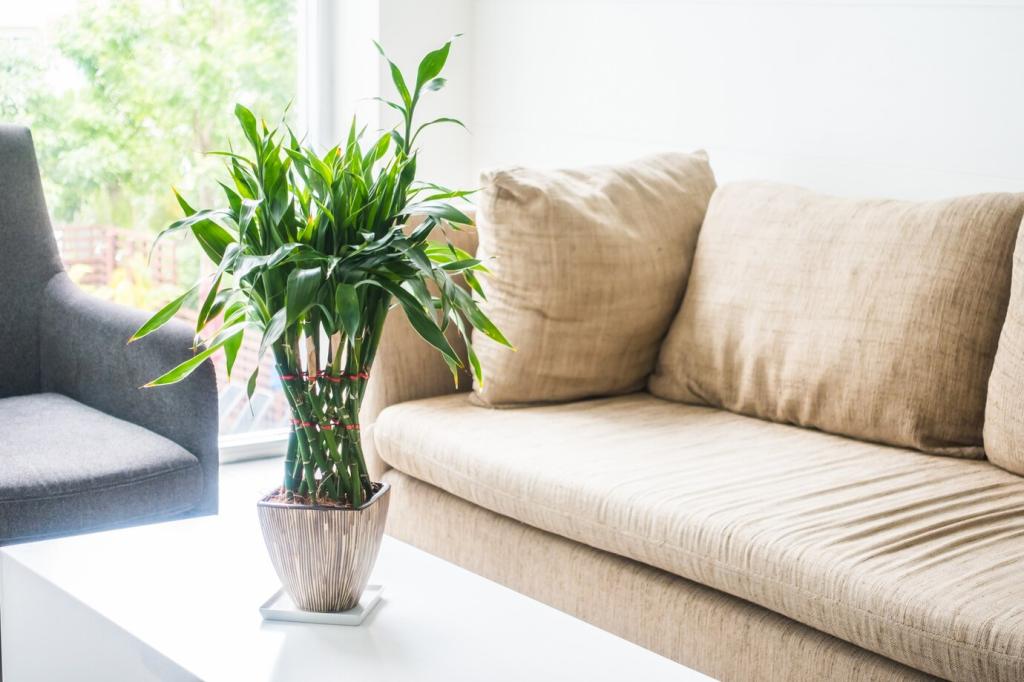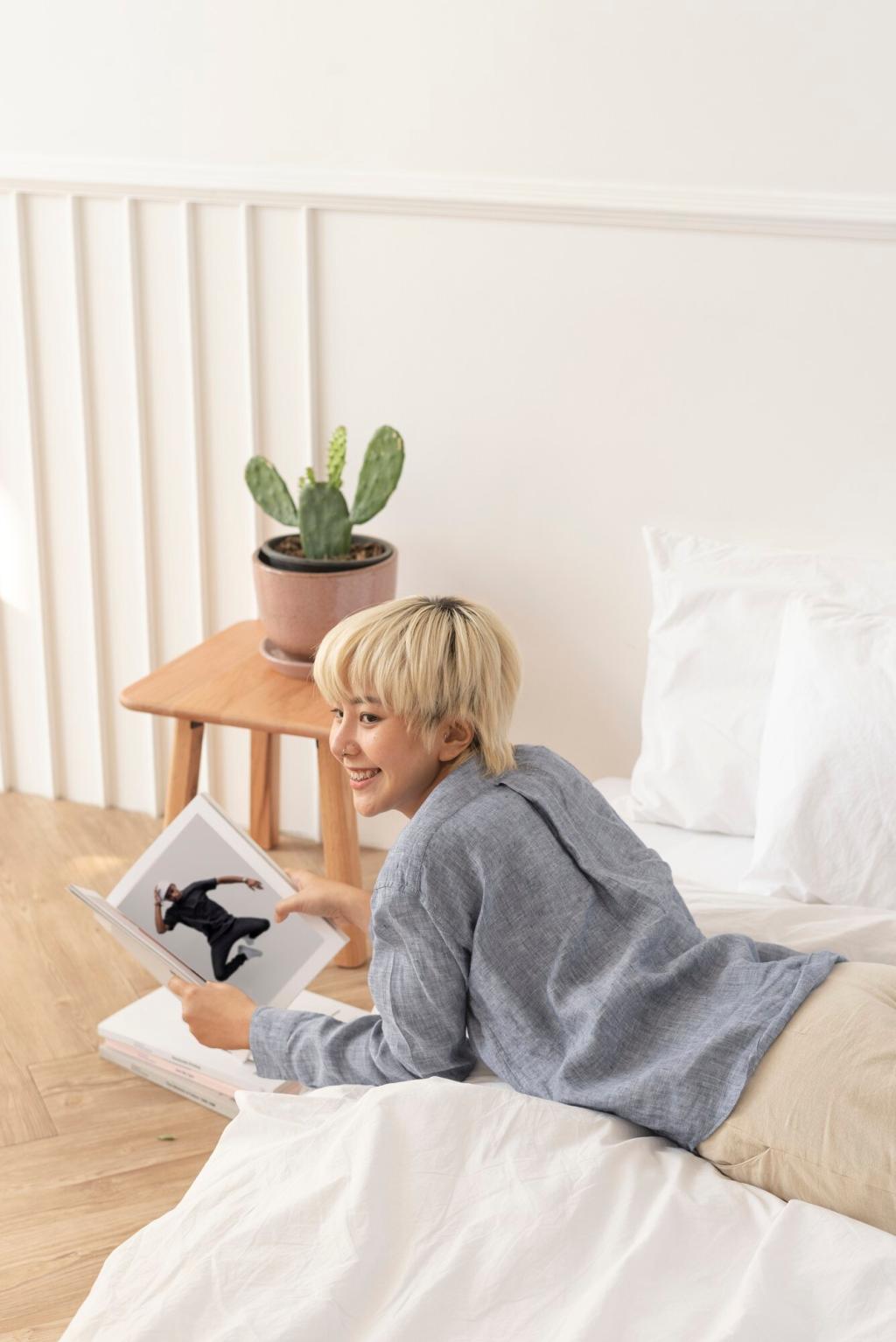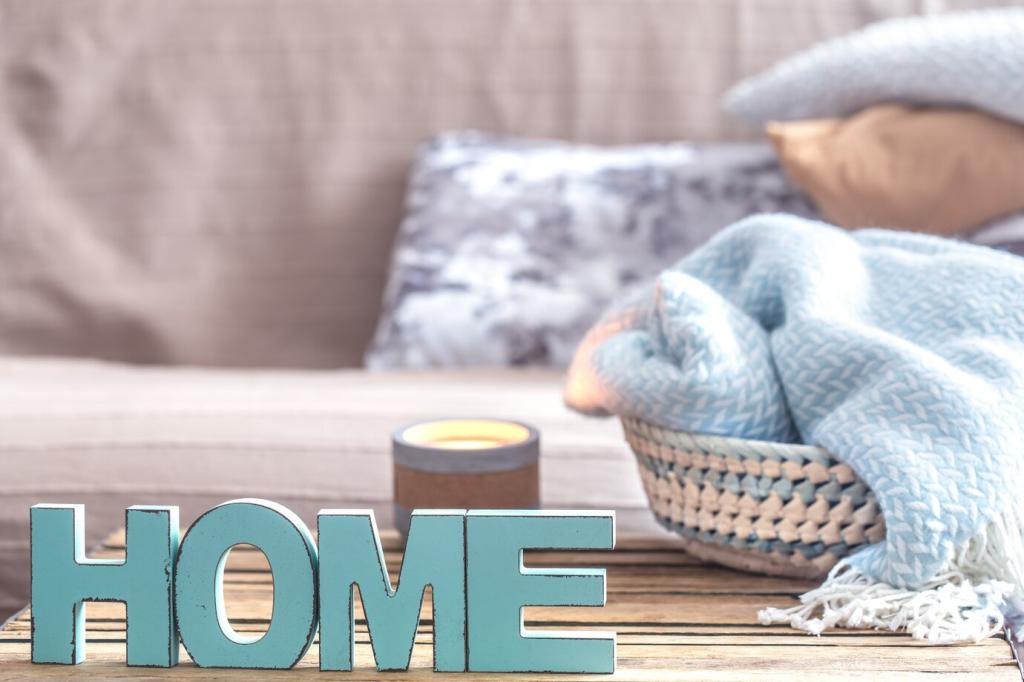Breathe Easy: Creating a Calming Atmosphere with Minimalist Design


The Quiet Principles of Minimalist Calm
Think of negative space as white margins for your life, giving your eyes a place to rest between meaningful objects. It lowers cognitive load and stress. Look around your nearest surface and clear seven inches of margin, then breathe.
The Quiet Principles of Minimalist Calm
Choose two neutrals and one gentle accent, repeating them from entry to bedroom to create continuity. Pay attention to undertones, warm with warm, cool with cool. Test swatches in morning and evening light, then share your palette trials with us.


Materials and Textures that Soothe
Light oak, ash, birch, and honed limestone bring subtle grain and softly broken light, keeping attention relaxed. Avoid high contrast veining. Choose FSC-certified woods. Share a photo of a natural surface at home that already calms you daily.
Materials and Textures that Soothe
Linen, cotton, and wool in tight weaves drape quietly, absorbing sound and glare. Keep patterns large-scale and sparse to reduce flicker. Layer a flatweave rug over wood for warmth. Tell us your favorite textile that instantly eases your morning.
Light, Shadow, and a Slower Rhythm
Keep window lines clear, hang breezy, unlined curtains, and use adjustable shades to soften midday blaze. Position desks sideways to windows to avoid eye strain. After trying this, note your energy at noon and tell us what changed.
Layout that Helps You Unwind
Clear Paths, Clear Mind
Map the routes you walk most and keep them at least shoulder-wide and obstacle-free. Place catch-alls near entries to reduce random landings elsewhere. After a week, track steps without stutters and share your before-and-after pathway sketch.
One Gentle Focal Point
Choose a single anchor per room—a low sofa, a leafy plant, or a textured wall—and let everything else support it quietly. This lowers scanning effort dramatically. Tell us which focal point you selected and why it feels restful.
Flexible, Quiet Furniture
Opt for pieces with slender legs, hidden storage, and neutral upholstery. Group furniture in islands, not walls, to create breathing pockets. If you swapped one bulky item for something lighter, post your swap story and how the room changed.
Sound, Scent, and the Invisible Minimalism
Add fabric panels, heavy curtains, and book spines to break echoes. Felt pads under chairs hush movement. Consider a small white-noise fountain near the hallway. Which sound bothered you yesterday, and how will you soften it before tomorrow?

The Five-Minute Reset
Set a daily timer to return objects to homes, clear counters, and open a window for fresh air. Small resets prevent Saturday marathons. Tag us with your favorite reset playlist that makes tidying feel like a quick breath.
One-In, One-Out Promise
Every new item replaces something you donate or recycle. Keep an exit basket by the door to make parting easy. Share your first outgoing item today and why releasing it felt lighter than expected.
Digital Minimalism at Home
Hide seldom-used apps, batch notifications, and create a phone landing tray outside the bedroom. Your space quiets when your screens do. Tell us one digital boundary you will try and invite a partner to keep you accountable.
A Story: From Cluttered to Calm in 30 Days
Maya spent three evenings simply noticing friction: shoes tripping her at the entry, bright magnets on the fridge, too many pillows. She listed them, then removed only the top five. Share the first five frictions you can name tonight.


A Story: From Cluttered to Calm in 30 Days
She hid cables, limited colors to sand and fog, and chose a matte lamp with a linen shade. A friend took surplus mugs. Energy lifted. Tell us which three edits you will start tomorrow to build similar momentum.
